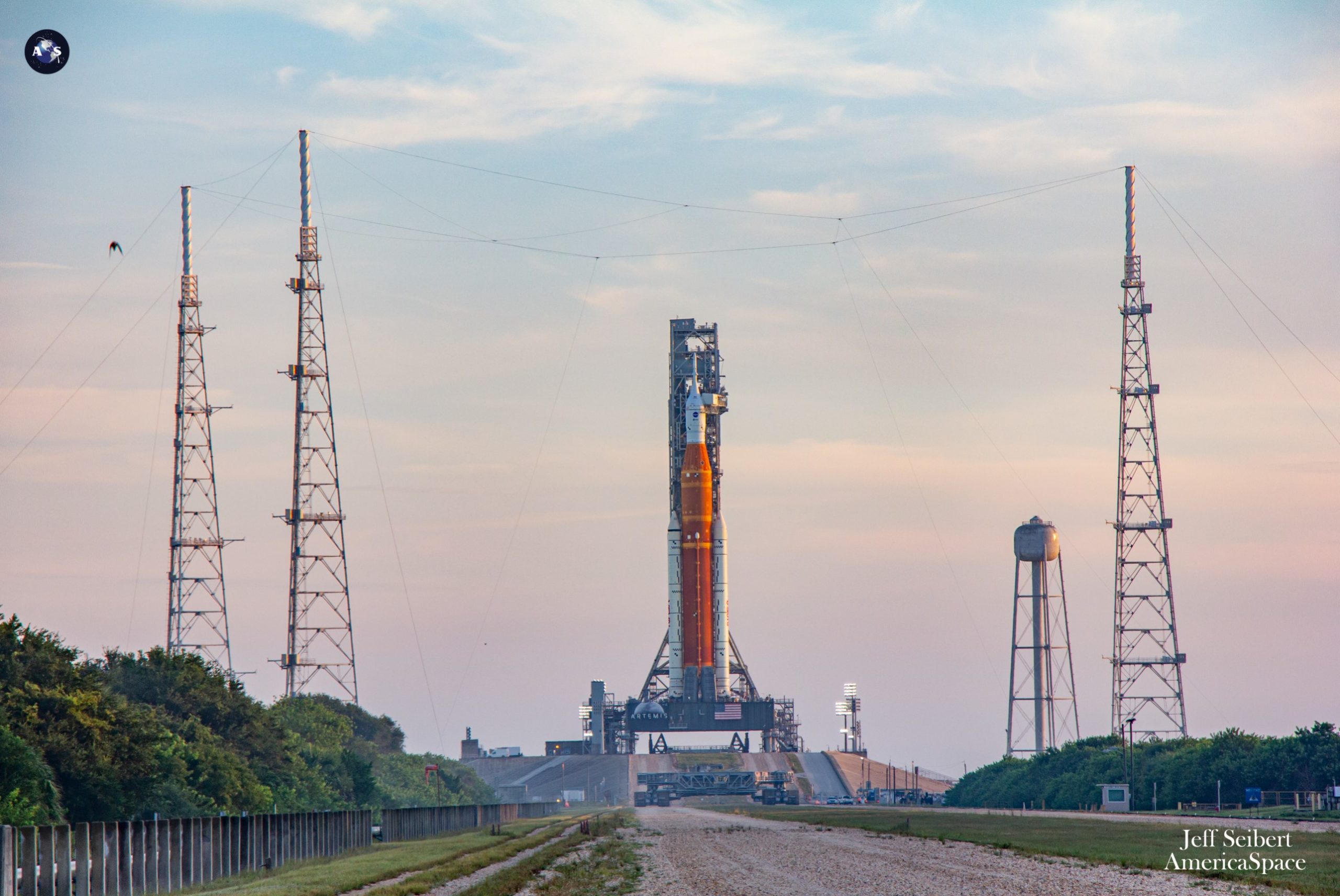
As crowds approaching a quarter-million look set to descend on the Space Coast ahead of next week’s targeted launch of the mighty Space Launch System (SLS) rocket on her maiden voyage, senior NASA personnel gathered late Monday to offer remarks on the completion of a satisfactory Flight Readiness Review (FRR) for Artemis I. The 42-day test flight will see an uncrewed Orion Crew Module (CM) and European Service Module (ESM) conduct the first voyage of a human-capable vehicle around the Moon in almost five decades, since the end of the Apollo Program.
And the watchwords for this critical mission are “test flight” and “not without risk”, which many of the assembled leaders were keen to stress during Monday’s post-FRR press briefing. After more than a decade in development, Artemis I will mark the first integrated test of the SLS—a rocket which stands 322 feet (98 meters) tall, higher than the Statue of Liberty from her Liberty Island pedestal to the tip of her torch—and the first flight to lunar distance by an Orion spacecraft, which previously executed a high-apogee Earth-orbital mission via United Launch Alliance’s (ULA) Delta IV Heavy in December 2014.
“There’s an energy and an excitement” across both the Space Coast and NASA itself, said Kennedy Space Center (KSC) Director Janet Petro, as SLS and Artemis teams press into the final days before a targeted two-hour “launch window” which opens at 8:33 a.m. EDT Monday, 29 August. According to Artemis I Launch Director Charlie Blackwell-Thompson, the formal “Call to Stations” of the launch team will occur at 9:53 a.m. EDT Saturday.
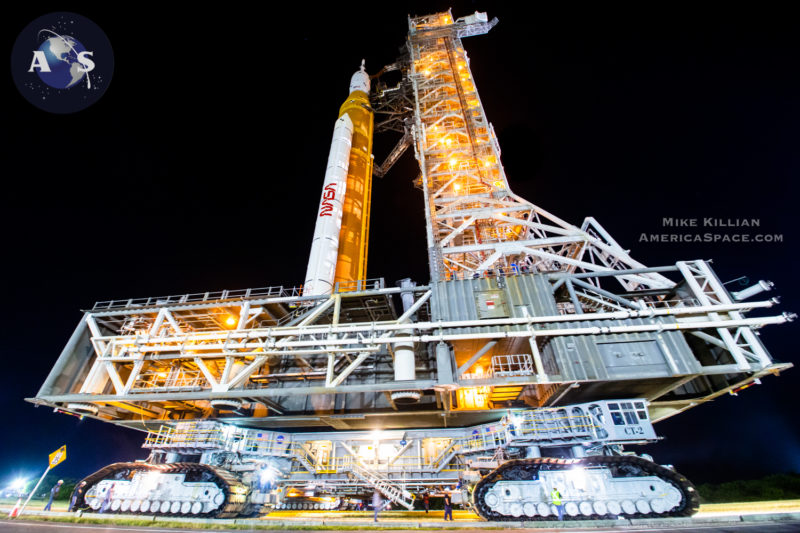
The world’s largest rocket made its ponderous, ten-hour trek to KSC’s historic Pad 39B on 16 August, two days sooner than intended. Its arrival was followed by a validation of critical facility connections to the Mobile Launcher (ML), including electrical and command-and-control commodities.
A Blast Danger Area will be set up at the onset of tanking the SLS with its load of 733,000 gallons (3.3 million liters) of liquid oxygen and hydrogen propellants. And that is expected to impact work by SpaceX for its ongoing Falcon 9 operations at neighboring Pad 39A.
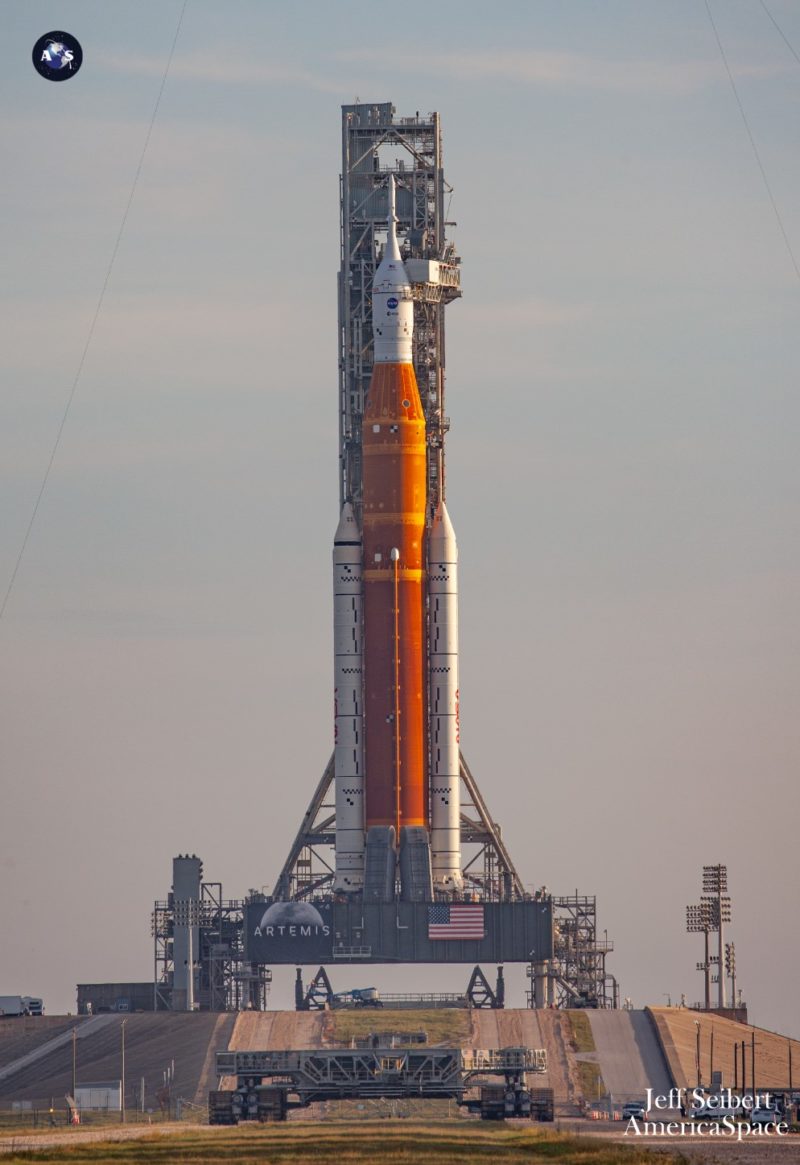
Program-specific engineering tests and servicing of the two Solid Rocket Boosters (SRBs) remained late Monday as the only open work items. And a “hydrogen kick-start” to thermally condition the four shuttle-heritage RS-25 engines of the SLS Core Stage has also been built into a “quiescent” part of the countdown. It will occur a couple of hours prior to T-0 and should take about 45 minutes to complete.
According to Jim Free, NASA’s associate administrator for the Exploration Systems Development (ESD) mission directorate at the agency’s Washington, D.C., headquarters, no actions of concern emerged from Monday’s FRR and there were “no dissenting opinions”. Completion of the FRR, said Artemis Mission Manager Mike Sarafin, represented nothing less than a “thorough wire-brushing” of the rocket, the spacecraft and the launch and mission teams, adding that “getting your license to fly represents a significant milestone”.
But the fact remains that Artemis I is a test flight and comes with its own unique raft of risks. Each of the RS-25 engines on the Core Stage has a lengthy shuttle-era experience and, modified with upgraded controllers, have been test-fired individually and in tandem as part of last year’s Hot Fire Test at NASA’s Stennis Space Center (SSC) in Bay St. Louis, Miss.
The Core Stage as an integrated system also was put through a rigorous “Green Run” test campaign. And the SRBs, which mark the first flight of Northrop Grumman Corp.’s new five-segment boosters, have been extensively test-fired on the ground.
But now, said Chris Cianciola, SLS Program deputy manager at NASA’s Marshall Space Flight Center (MSFC) in Huntsville, Ala., is the time for “the big test”, putting the hardware through the kind of real-world operations impossible to duplicate on the ground. “This is why we fly,” he said. “To fully understand the vehicle.”
Pushed uphill by four RS-25 Core Stage engines and twin boosters, the first SLS will depart Earth with a combined propulsive thrust of 8.8 million pounds (3.9 million kilograms), about 1.1 million pounds (500,000 kilograms) greater even than the mammoth Saturn V. The boosters will be jettisoned a little over two minutes into the flight and the RS-25s will shut down at 8.5 minutes.
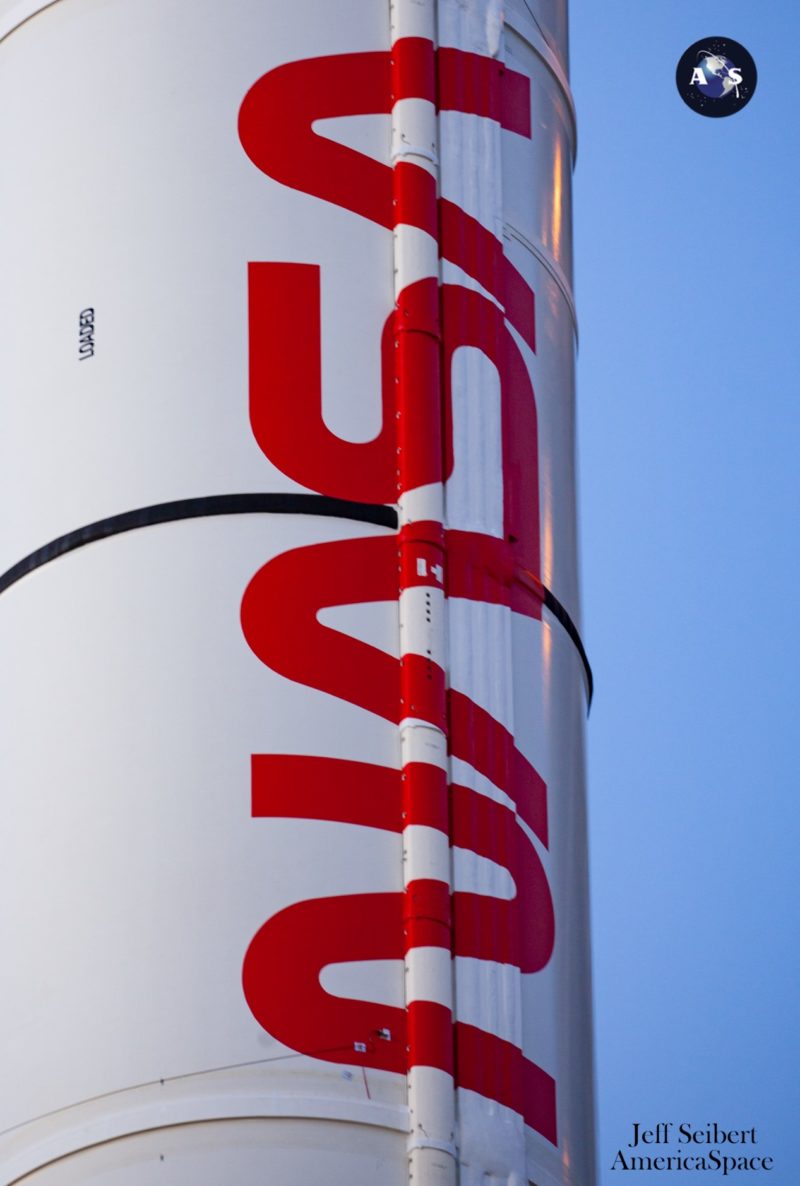
But whilst the SRBs will parachute to a splashdown in the Atlantic Ocean, for recovery and potential re-use, the Core Stage is wholly disposable. After separation from the stack, it will break up at altitude and its remnants will impact the Pacific Ocean somewhere between San Diego and Hawaii.
That will leave the Interim Cryogenic Propulsion Stage (ICPS) and its RL-10 engine to perform sequential Perigee Raise and Translunar Injection (TLI) “burns” to establish the proper parameters and deliver Orion out of Earth’s gravitational “well” and onto a course to reach the Moon. With the relative luxury of an uncrewed test, NASA will adopt a “lean-forward” strategy on Artemis I.
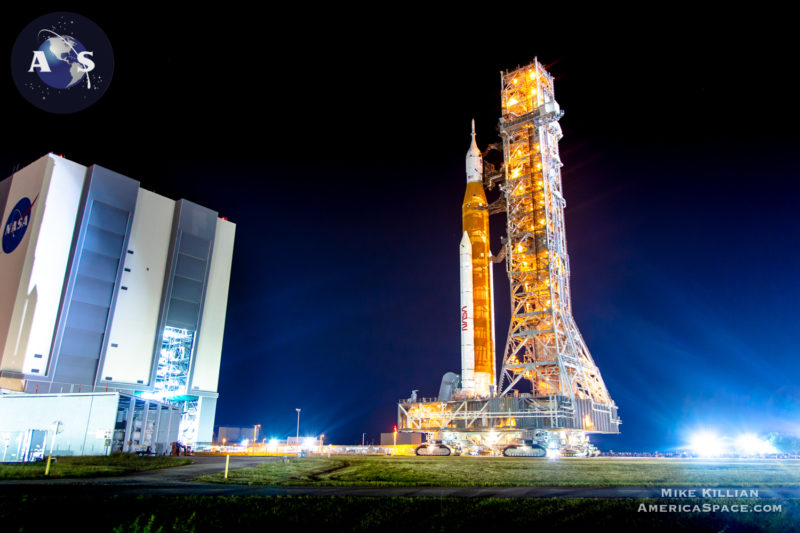
Mission teams expect to declare themselves “Go” for some flight phases which might otherwise be “No-Go” were astronauts aboard the spacecraft. For instance, Mr. Sarafin explained that teams will press vigorously ahead with the critical TLI maneuver—an approximately 18-minute RL-10 burn—unless they are faced with a risk of losing the vehicle.
Currently, TLI is expected to occur about 97 minutes after Monday’s launch. Mr. Sarafin noted that the intent is to buy down as much risk as possible on this first flight, in the expectation that it will pay dividends and deliver lessons about the hardware for later crewed missions.
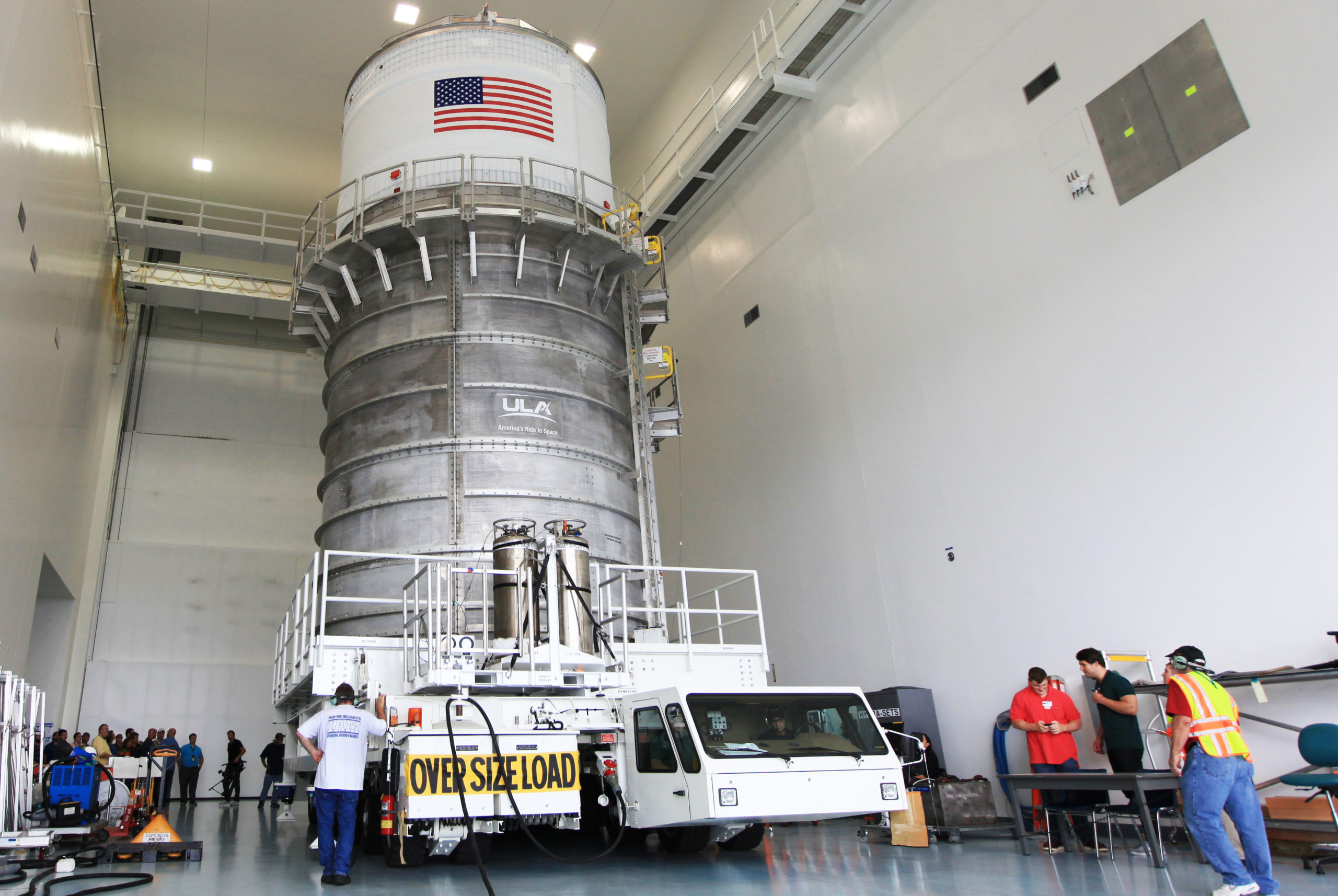
Quoting the words of the legendary Dr. Hugh Dryden, NASA’s first deputy administrator—“to separate the real from the imagined and the known from the unknown”—Mr. Sarafin stressed that Artemis I will voyage some 290,000 miles (465,000 kilometers) from Earth at its most distant point. That is farther than any previous crew-capable vehicle.
Teams intend to fly the spacecraft as far and as high as possible, although considerable emphasis has been placed upon planning “alternate” mission scenarios, should these become necessary. Dependent upon the severity of any malfunctions incurred, the Artemis I flight plan might be downloaded from its intended Distant Retrograde Orbit (DRO) around the Moon to a relatively more straightforward lunar flyby, a free-return trajectory or even a highly elliptical Earth orbit.
And technical issues which would be a showstopper on a crewed mission (such as the failure of an Orion solar array to deploy) may be tolerated on Artemis I. Mr. Sarafin explained that even zero-fault-tolerant failures—such as being on the last redundant string of Orion’s guidance and navigation system or propulsion system—might be tolerated in order to push through a satisfactory TLI.
In addition to demonstrating the TLI capability, subjecting Orion’s heat shield to the immense temperatures at a lunar-return velocity in excess of 25,000 miles per hour (40,000 kilometers per hour) is critically desirable on Artemis I. The heat shield is heavily instrumented to monitor its behavior and performance during this highly dynamic phase of the flight, as Orion returns to Earth faster (and hotter) than any other crew-capable spacecraft in history.
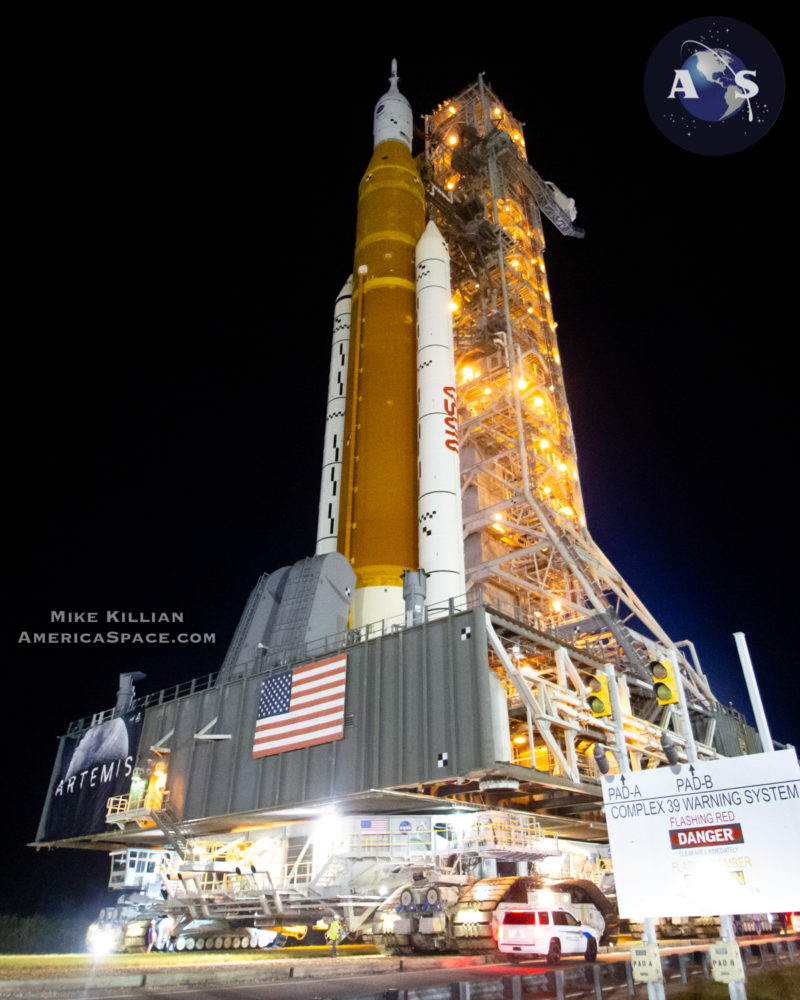
“Stressing that heat shield,” remarked NASA Associate Administrator and former astronaut Bob Cabana, “at lunar re-entry velocities”, is one of the most fundamental objectives of Artemis I. And for Cabana, who remembered his days as a young Marine Corps midshipman when the first men set foot on the Moon in July 1969, it is special to see this first step in the return journey.
“I’m a product of the Apollo Generation,” he said. “And look what it did for us!”
.
.
FOLLOW AmericaSpace on Facebook and Twitter!
.
.
Missions » SLS » Missions » SLS » Artemis »



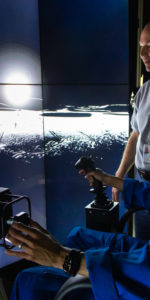
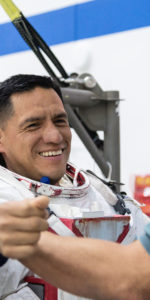
There are no plans to reuse solid rocket boosters in the Artemis program. Each booster from every flight will sink directly to the bottom of the Atlantic ocean.
The largest and most powerful rocket in the world, returned to the launch mount at Boca Chica, Texas yesterday.